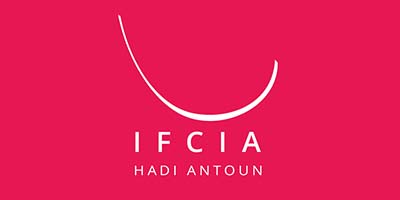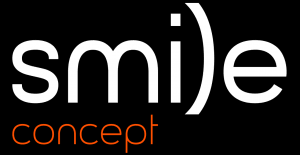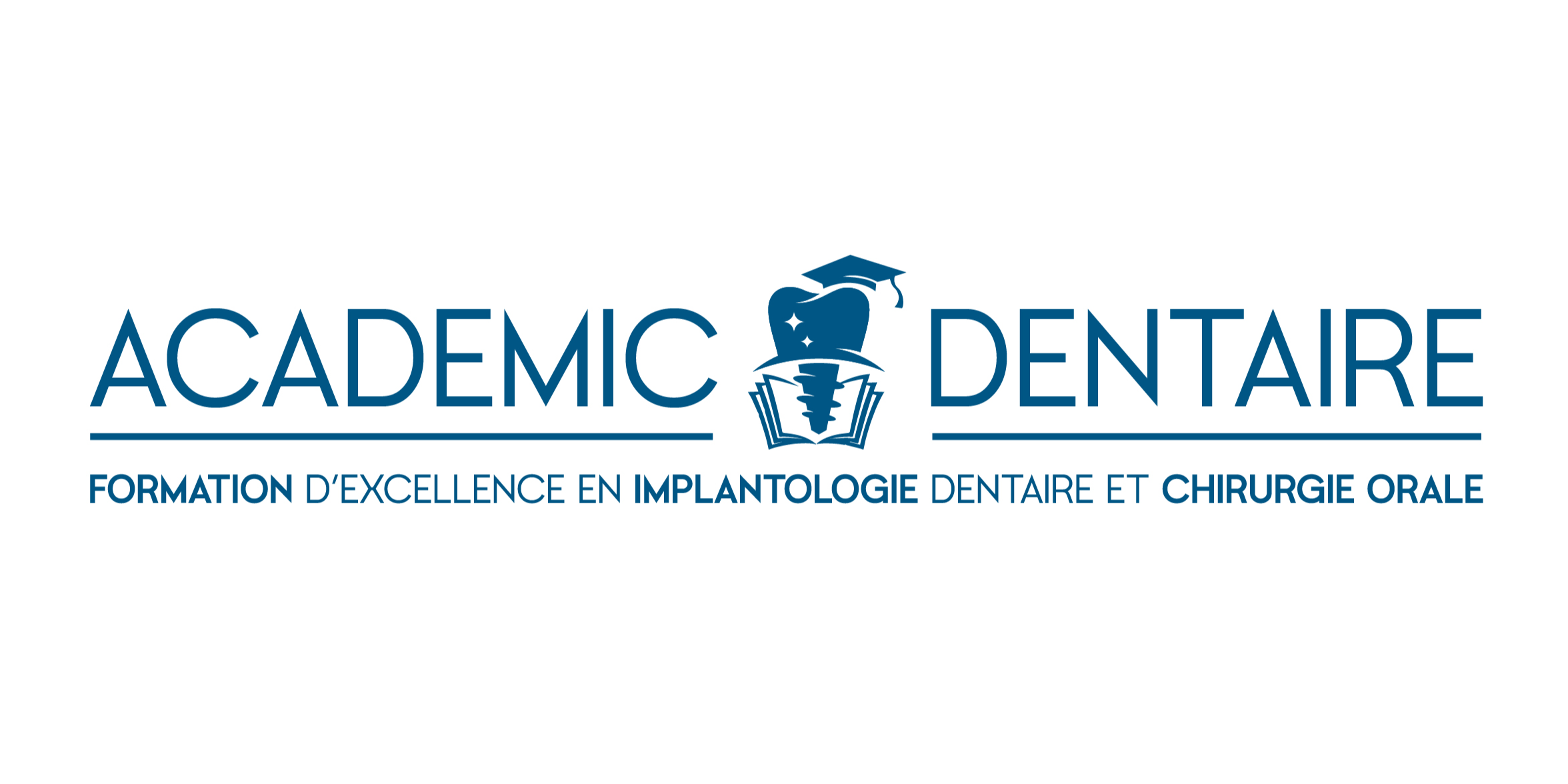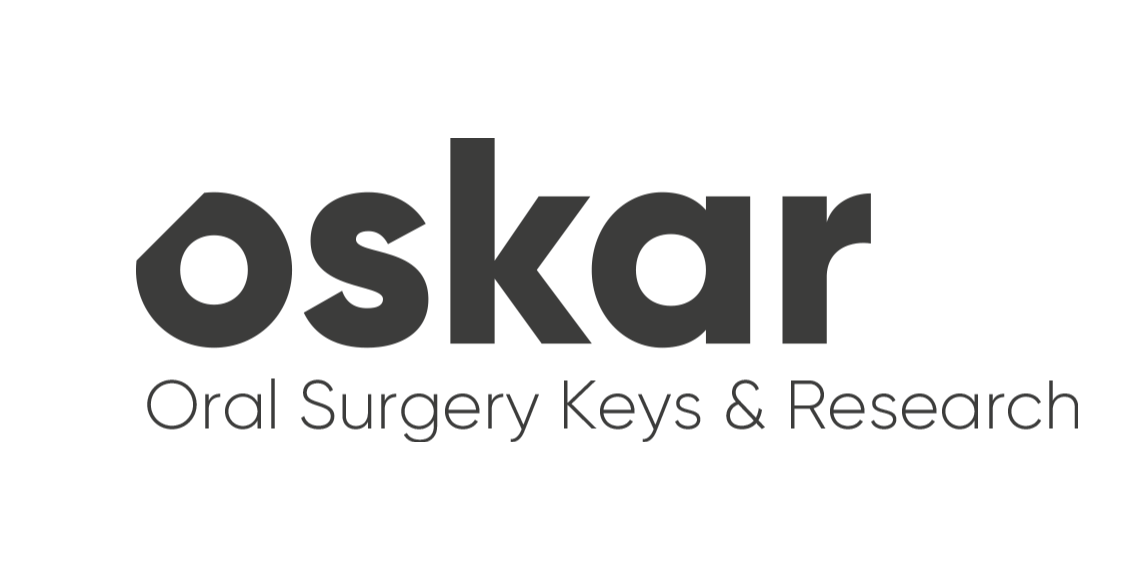un procédé unique
dans le traitement
des allogreffes osseuses
Une méthode basée sur la délipidation du tissu osseux par un fluide non toxique, le CO2 à l’état supercritique, associée à une oxydation chimique des protéines résiduelles contenues dans les pores du tissu spongieux.
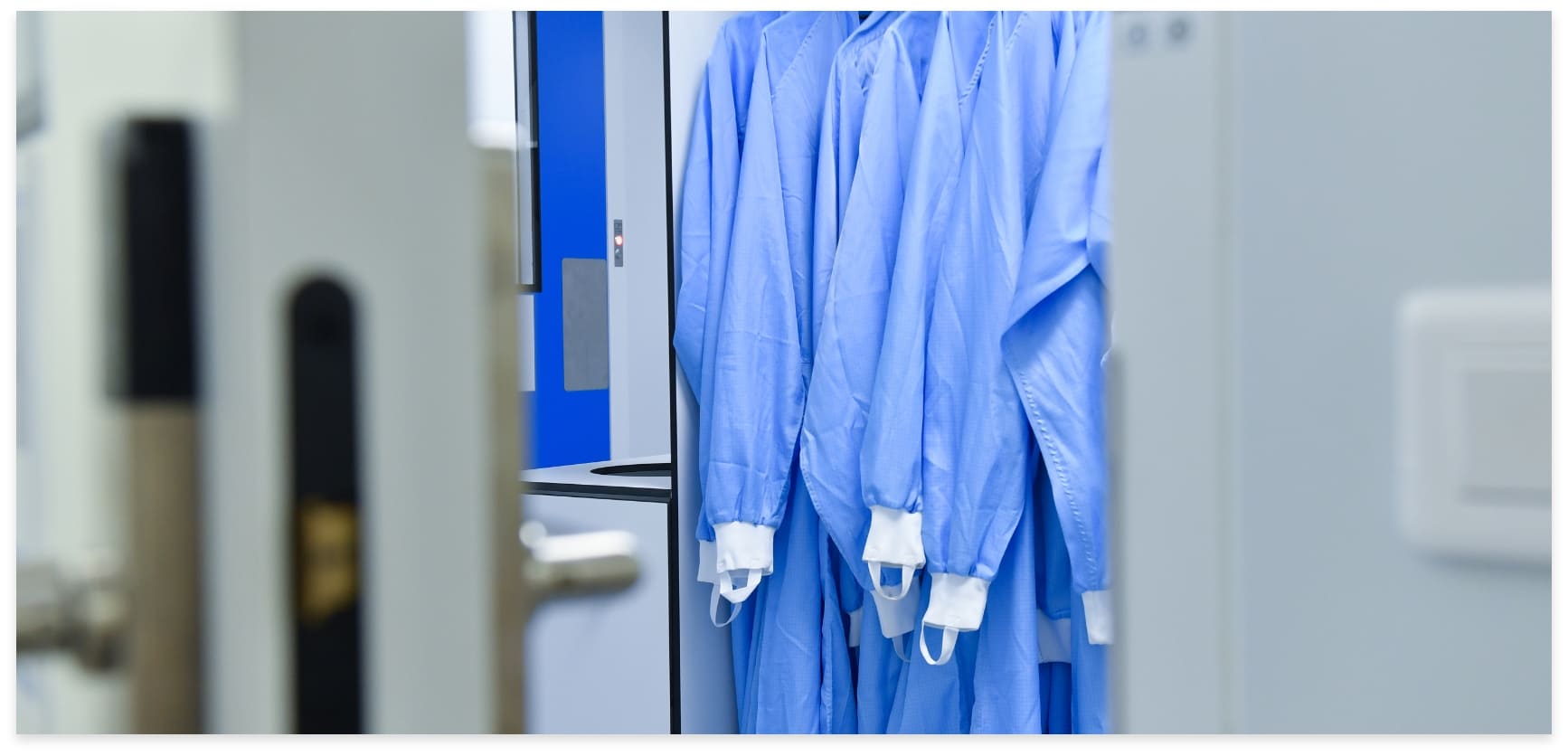
produits
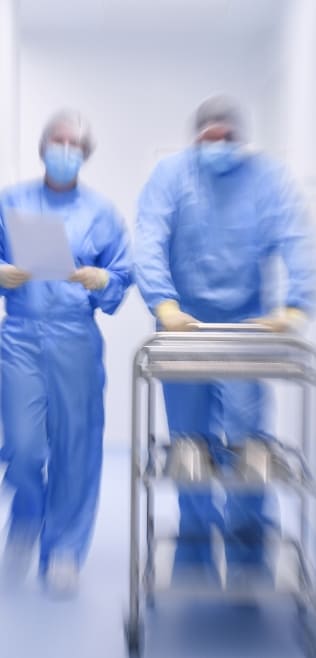
Notre gamme orthopédie-rachis
Découvrez notre gamme
orthopédie-rachis.
Nos produits sont délivrés uniquement sur prescription médicale nominative.
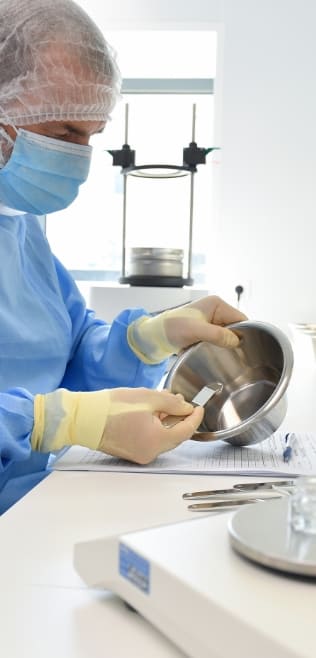
Notre gamme
dentaire-maxillo-facial
Découvrez notre gamme dentaire
et maxillo-faciale. Nos produits sont délivrés uniquement sur prescription médicale nominative.
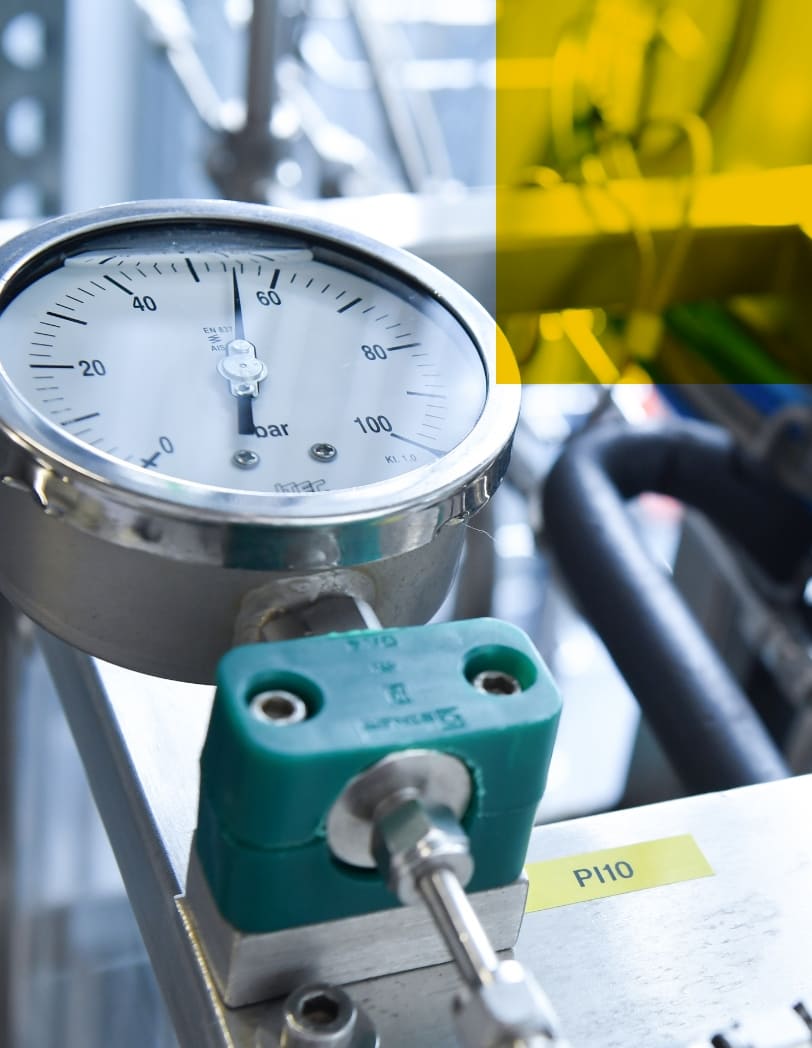
Origine des greffons
Têtes fémorales prélevées uniquement sur donneurs vivants.
Procédé Supercrit®
À base de CO2 supercritique, reconnu pour son efficacité délipidante et sa capacité à préserver la matrice osseuse.
Conservation
Les greffons BIOBank sont délivrés stériles dans un double emballage étanche permettant leur conservation pendant 5 ans.
Utilisation
Après réhydratation, les greffons osseux retrouvent leur élasticité naturelle et peuvent être facilement façonnés et adaptés au site de greffe.
Réglementaire
BIOBank est autorisée par l’ANSM à préparer, stocker, distribuer et transférer des greffons osseux viro-inactivés, depuis 2003.
Efficacité clinique reconnue
Le volume initial de la tête fémorale est préservé. L’hydrophilie est optimale et les propriétés biomécaniques naturelles de l’os sont conservées.
